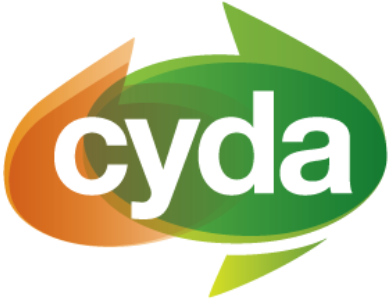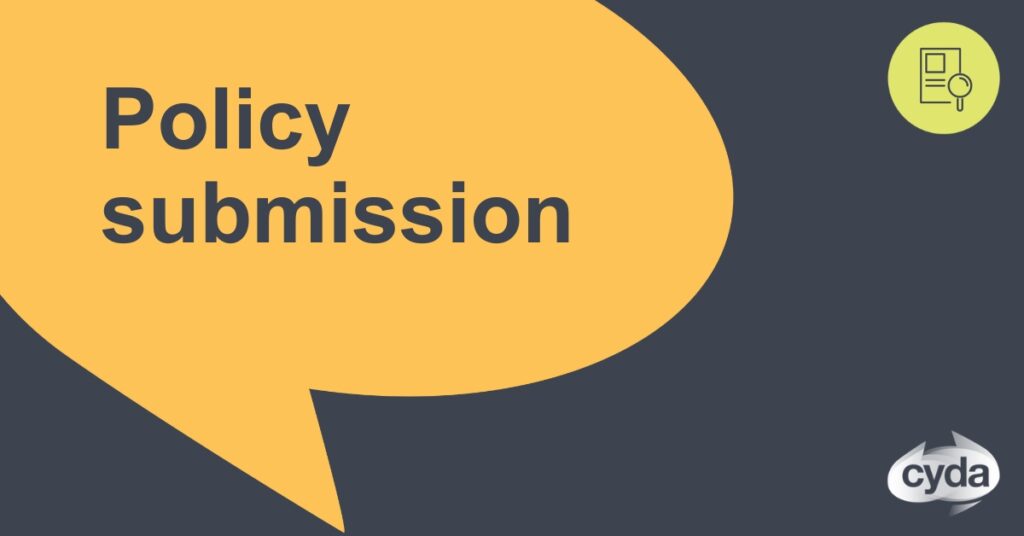The first step of an inclusive life for children with a disability.
CYDA is encouraged by the draft ‘National Vision for Early Childhood Education and Care’ and welcomes the inclusion of equity and accessibility principles. In our submission, we have made recommendations supporting the importance of early childhood education and care in the first steps of an inclusive life for young children with disability.
Download our full submission using the buttons above.


